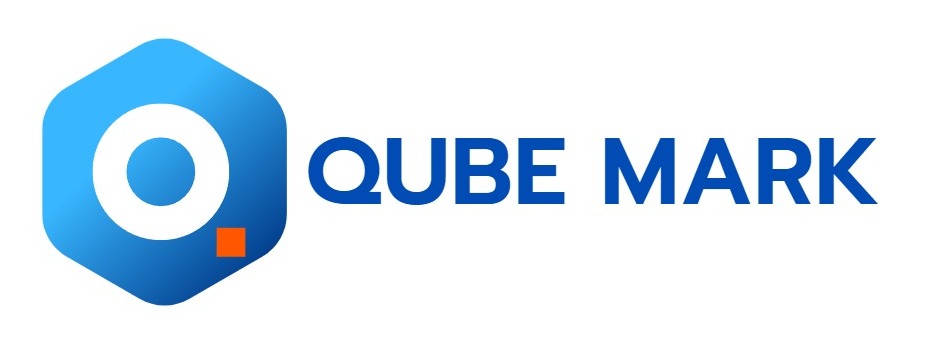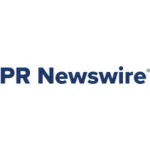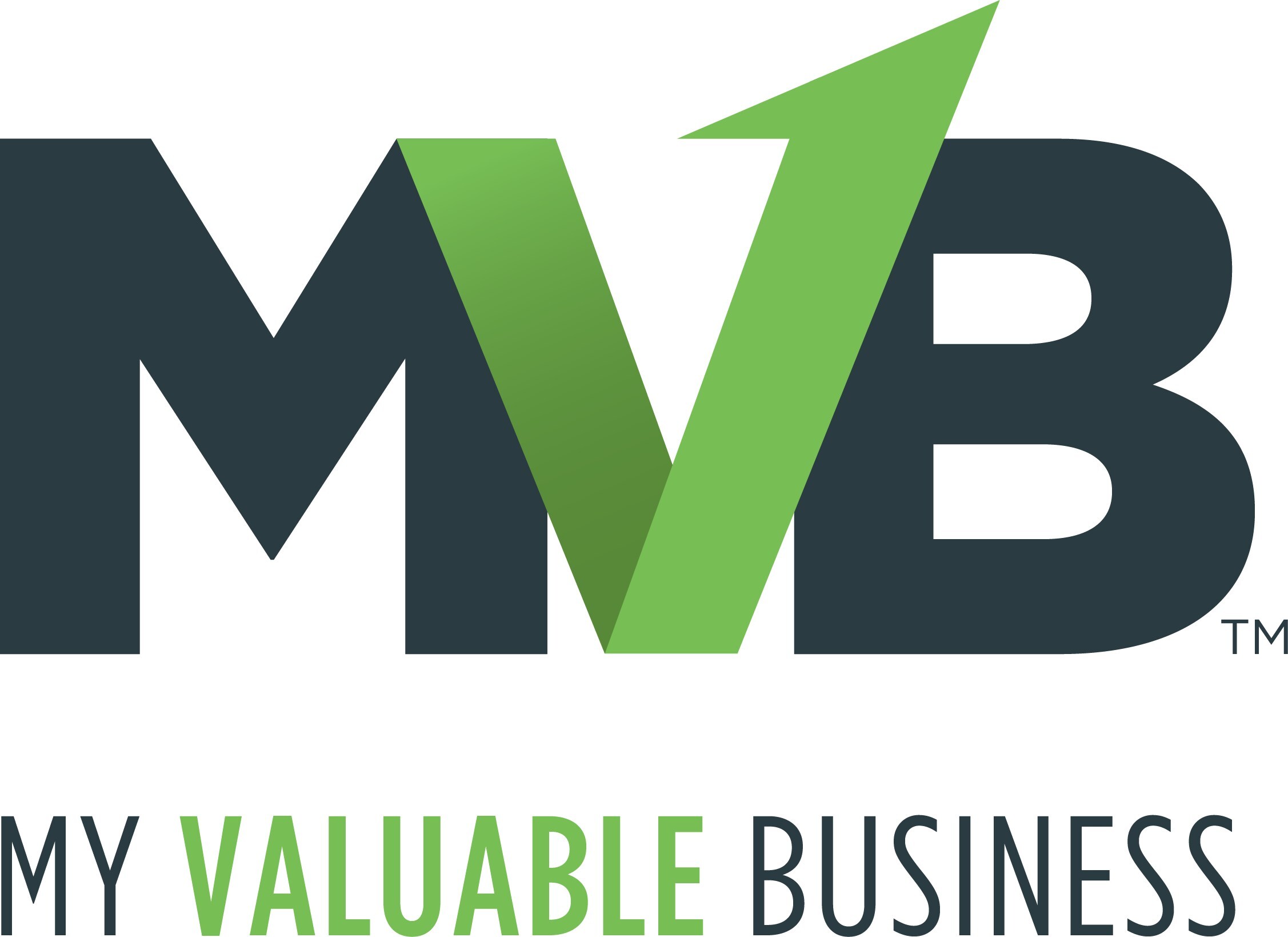IRVINE, Calif., Feb. 11, 2025 -- Although a favorite saying of IRS revenue officers is that "the IRS is not a bank" and takes collection of federal taxes owed seriously, the IRS is prevented from collecting more income than a person needs to survive and meet their basic living requirements. The IRS calls these "Allowable Living Expenses," and they are excluded from the calculation that collection agents use to determine a taxpayer's reasonable collection potential. Keep in mind that regardless of the size of the liability, whether $1,000 or $1,000,000, the IRS will always allow the taxpayer to keep enough cash to pay for their allowable living expenses. Unfortunately, it is not your idea of how much income you need to live that will control, its theirs. In many parts of the U.S. this equates to enough income to live at the poverty level.
If you are applying for an offer in compromise or other repayment plan with the IRS, they are going to make you justify your living expenses. How do you do that? The first thing you want to do is make sure the expenses you claim are reasonable and consistent with your income. For example, if you work at a low-wage job and live in Beverly Hills, that would be a big red flag to the IRS. Likewise, if you are a hedge fund manager and live in a slum, that is also questionable.
The IRS has stringent guidelines defining "allowable living expenses," and there is a fine line between what is acceptable and what is deemed unnecessary or extravagant. If you are confused and unsure how to proceed, contact a qualified tax collection professional. They can help interpret the rules and advocate on your behalf.
A word of caution:
Beware of tax collection mills that promise penny on the dollar settlements on federal and state tax debt. Many of them have "F" better business bureau rankings and make their money drafting offer in compromises that are for the most part routinely rejected by the IRS but they charged you at least $3,000 to file one. Tax liens are a matter of public record and these firms buy your information and then engage in high pressure sales tactics to secure your "business". Unfortunately, this has given rise to a cottage industry of rip off artist that will only make your tax debt issues worse while they make an unethical buck.
Allowable expenses are the expenses the IRS considers to be necessary for the production of income or to provide for the health and welfare of the taxpayer's family. The allowable living expense standards include national and local standards. Generally, the IRS will update their allowable standards once a year.
National Standards (Food, Clothing, Out-of-Pocket Healthcare)
The national standards for food, clothing and other items and out-of-pocket health care expenses are based on the number of people in the household. For example, for a one-person household in 2024, the allowable standard for food, clothing, and other items is $808 per month. Out-of-pocket health care expenses are $83 per month if the taxpayer is under 65 and $158 per month if the taxpayer is 65 or older. However, if the out-of-pocket expenses are higher than the allowable standards, the taxpayer must provide proof of the monthly costs.
Under current rules, these National Standards apply nationwide and include five necessary expense subcategories for food, housekeeping supplies, apparel and services, personal care products and services, and miscellaneous expenses. They are based on statistics from the Bureau of Labor Statistics Consumer Expenditure Survey (CES). A key point is that taxpayers are generally allowed the total National Standards amount for their family size without having to prove the exact amounts spent—unless the taxpayer claims expenses exceeding the standard.
National Standards also govern out-of-pocket health care expenses. The amount depends on two factors:
- Number of individuals in the household, and
- Age of each individual (those under age 65 have one standard, and those 65 or older have a higher standard).
It is worth noting that if a taxpayer's out-of-pocket medical expenses exceed the national standard, the IRS may allow the additional amount, provided the taxpayer can document the necessity and actual amount spent.
Local Standards (Housing, Utilities, Transportation)
For IRS allowable expenses, the IRS uses local standards for housing and utilities established by the county the taxpayer resides in and the number of persons in the household. For example, in 2024, for a two-person household in Los Angeles County, the allowable standard is $3,379. If the actual expenses are lower than the standards, the IRS will allow the actual expenses. However, if the actual expenses are higher than the standards, the IRS will apply the standards. Note that if the taxpayer's filing status for the last filed tax return is single, the IRS will use the allowable standard for one person, even if there are two people in the household.
The IRS also has local standards for transportation costs, such as auto ownership costs and operating costs. The transportation standards for auto ownership are based on nationwide figures and allow a single taxpayer up to $619 per month for a car payment. If, however, the actual car payment is lower than $619 per month, the IRS will accept the lesser of the two. There are also additional allowable amounts for operating costs such as car registration, car insurance, fuel, parking, maintenance, etc., based on the region the taxpayer resides in. For example, if a taxpayer resides in the Los Angeles metropolitan region, the standard is $331. Generally, the IRS will not allow transportation costs for the children in the household.
Unlike National Standards, Local Standards vary by where the taxpayer resides since costs of housing, utilities, and transportation differ across the country. These standards are derived from the U.S. Census Bureau, the American Community Survey, and the BLS. As with National Standards, the IRS typically allows the lower of the actual expense or the local standard amount.
- Housing and Utilities: This encompasses rent or mortgage payments, property taxes, insurance, maintenance, and essential utilities.
- Transportation – Ownership Costs: A maximum monthly lease or loan payment for up to two vehicles (one if single, unless justified) based on national averages.
- Transportation – Operating Costs: This covers insurance, fuel, registration, tolls, and other vehicle-related costs. They vary by region and Metropolitan Statistical Area (MSA).
- Public Transportation: If a taxpayer has no car, the IRS allows a set nationwide allowance for public transportation. If a taxpayer needs both a personal vehicle and public transit (for example, for commuting or family needs), the IRS may allow both, provided the necessity is well-documented.
Other Necessary and Conditional Expenses
In addition to the five basic categories of Allowable Living Expenses, the IRS also recognizes:
- Other Necessary Expenses: These pass the necessary expense test if they support a taxpayer's health and welfare or the production of income (e.g., court-ordered payments, childcare, life insurance, secured debts).
- Other Conditional Expenses: These may be allowed on a case-by-case basis if the taxpayer can show special circumstances. Examples include mortgage payments above the local standard if the taxpayer is actively attempting to sell or refinance the property.
Taxpayers often ask about college tuition for a dependent or other discretionary items. Generally, the IRS does not consider college tuition a necessary expense unless rare circumstances apply. In practice, that means tuition is frequently disallowed.
The Six-Year Rule, Recent Revisions, and Practical Tips
If taxpayers do not qualify for a streamlined installment agreement and cannot fully pay their liabilities immediately, they might still be eligible under the six-year rule. This allows the IRS to accept certain expenses that exceed standard allowances (or other unsecured debts like student loans and credit cards used for necessary expenses) if the taxpayer can fully pay the tax liability, including penalties and interest, within six years. Although taxpayers must provide financial information, they typically do not need to provide exhaustive documentation of every expense.
Recent Revisions (Effective April 22, 2024)
- The inflation metric used to calculate the Collection Financial Standards in 2024 changed from the Consumer Price Index (CPI) to the Personal Consumption Expenditures (PCE) index. The PCE index is considered more accurate for measuring consumption behavior and is the gauge the Federal Reserve uses to monitor inflation.
- The data for operating costs within the transportation standards continue to be based on the census region and MSA; no MSA boundaries have been changed for 2024.
- These revisions apply to any financial analysis conducted on or after April 22, 2024.
Practical Observations
- Documentation: The IRS generally allows standard amounts without proof unless a taxpayer claims more. If you claim higher expenses, be prepared with thorough records.
- Medical Expenses: The IRS often grants more flexibility with documented medical costs that exceed the standard as long as they are neither extravagant nor unsubstantiated.
- Actual vs. Standard: For housing, utilities, and transportation, the IRS will typically allow whichever is lower—the taxpayer's actual expenses or the standard. In some cases, you can elect to use the standard even if your actual expense is less.
Contact The Tax Law Offices of David W. Klasing Today
For many taxpayers, completing a collection financial information statement can feel overwhelming. The Allowable Living Expense Standards used by the IRS are designed to prevent individuals under collection actions from being stripped of necessities while working toward a fair resolution of their tax debts. Although these Standards can be quite strict—and sometimes seem inflexible—the IRS does permit exceptions under certain circumstances, particularly if you can verify necessary healthcare or business-related expenses.
Even with these built-in considerations, navigating IRS collections can be difficult. The agency rarely offers taxpayers the benefit of the doubt, so it is crucial to strike a balance that addresses your outstanding tax liabilities without leading to severe financial hardship. Such a balance reflects the very purpose of the Allowable Living Expense Standards. Yet, achieving it is rarely simple without professional guidance.
The Tax Law Offices of David W. Klasing can help you document your expenditures thoroughly, negotiate permissible adjustments, and develop a compliant resolution plan that recognizes your financial realities. Our dual-licensed Tax Attorneys and CPAs possess extensive experience in interpreting federal and California state tax codes, case law, and procedural rules. We successfully minimize civil tax liabilities, penalties, interest, and potential criminal tax exposure for our clients by leveraging our deep understanding of the law and the best possible strategies under applicable federal and state procedures.
Moreover, we deliver excellent service rooted in respect, loyalty, and confidentiality, always reserving personal judgment for any ethical or moral errors a client may have made. Our objective is to guide individuals and businesses back into compliance with taxing authorities on terms that both meet legal obligations and preserve the taxpayer's capacity to fulfill daily needs. By engaging our firm, you gain a dedicated advocate who will vigorously strive to protect your interests, reduce your risk, and help you move forward on solid financial footing. For a reduced-rate tax consultation, contact us online or call our law offices at (888) 904-4096.
See our Tax Relief and Resolution Q and A Library
See our Offer in Compromise Q and A Library
See our Liens Levys and Garnishments Q and A Library
Here is a link to our YouTube channel: click here!
Public
This News is brought to you by Qube Mark, your trusted source for the latest updates and insights in marketing technology. Stay tuned for more groundbreaking innovations in the world of technology.






